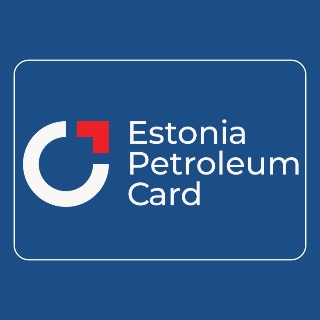Navigating europe's toll systems: a guide for fleet managers
Europe's extensive network of roads and highways is crucial for the transportation industry, facilitating the movement of goods across borders. However, navigating the continent's diverse toll systems can be a daunting task for fleet managers. With each country implementing its own tolling mechanisms, understanding and managing these systems is essential for optimizing fleet operations and controlling costs.
Understanding the Different Types of Toll Systems
Open toll systems are characterized by toll booths placed at specific points along a highway. Drivers pay a fixed fee upon passing through these points, regardless of the distance traveled. This system is straightforward but can lead to congestion at toll plazas.
In closed toll systems, drivers receive a ticket upon entering a toll road and pay based on the distance traveled when exiting. This system is more equitable as it charges users based on their actual road usage, but it requires more infrastructure and can be complex to manage.
ETC systems use technology such as RFID tags or license plate recognition to automatically charge vehicles as they pass through toll points. This system reduces congestion and allows for seamless travel across borders, but it requires vehicles to be equipped with compatible devices.
Key Challenges for Fleet Managers
With each European country having its own toll system, fleet managers face the challenge of understanding and complying with a variety of tolling mechanisms. This complexity is compounded by differences in payment methods, toll rates, and regulations.
Toll expenses can significantly impact a fleet's operational costs. Managing these expenses requires careful planning and monitoring to ensure that toll payments are optimized and do not erode profit margins.
Fleet managers must ensure compliance with the toll regulations of each country their vehicles operate in. Non-compliance can result in fines and penalties, further increasing operational costs.
Strategies for Efficient Toll Management
Technology plays a crucial role in managing toll expenses efficiently. Fleet managers can use GPS and telematics systems to track toll expenses in real-time, enabling them to make informed decisions about route planning and cost management.
Centralized toll management solutions, such as those offered by Estonia Petroleum Card OÜ, provide fleet managers with a single platform to manage toll payments across multiple countries. These solutions simplify the payment process and provide valuable insights into toll expenses.
By analyzing toll costs and traffic patterns, fleet managers can optimize routes and schedules to minimize toll expenses. This involves selecting routes with lower toll rates or avoiding toll roads during peak hours to reduce costs.
The Role of Estonia Petroleum Card OÜ in Toll Management
Estonia Petroleum Card OÜ offers innovative solutions designed to simplify toll management for fleet managers. By providing a comprehensive platform for toll payments and expense tracking, the company helps fleet managers navigate Europe's complex toll systems efficiently and cost-effectively.






Comments (0)